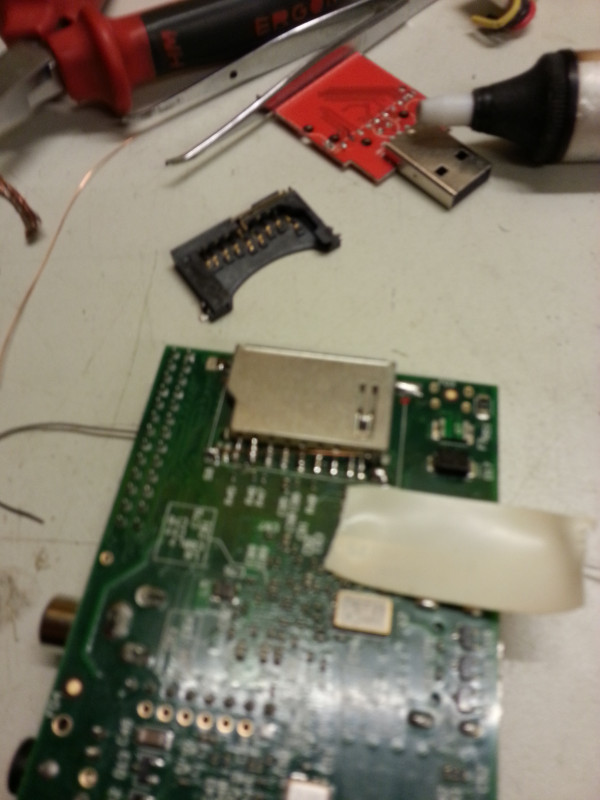ownCloud @ FrOSCon 2013
Bjoern and I attended FrOSCon, the Free and Open Software Conference, a major FOSS-Event in Germany, which took place August 25th and 26th. We had a booth, showing off ownCloud, as well as the Beta of the Desktop Client 1.4.0, …
